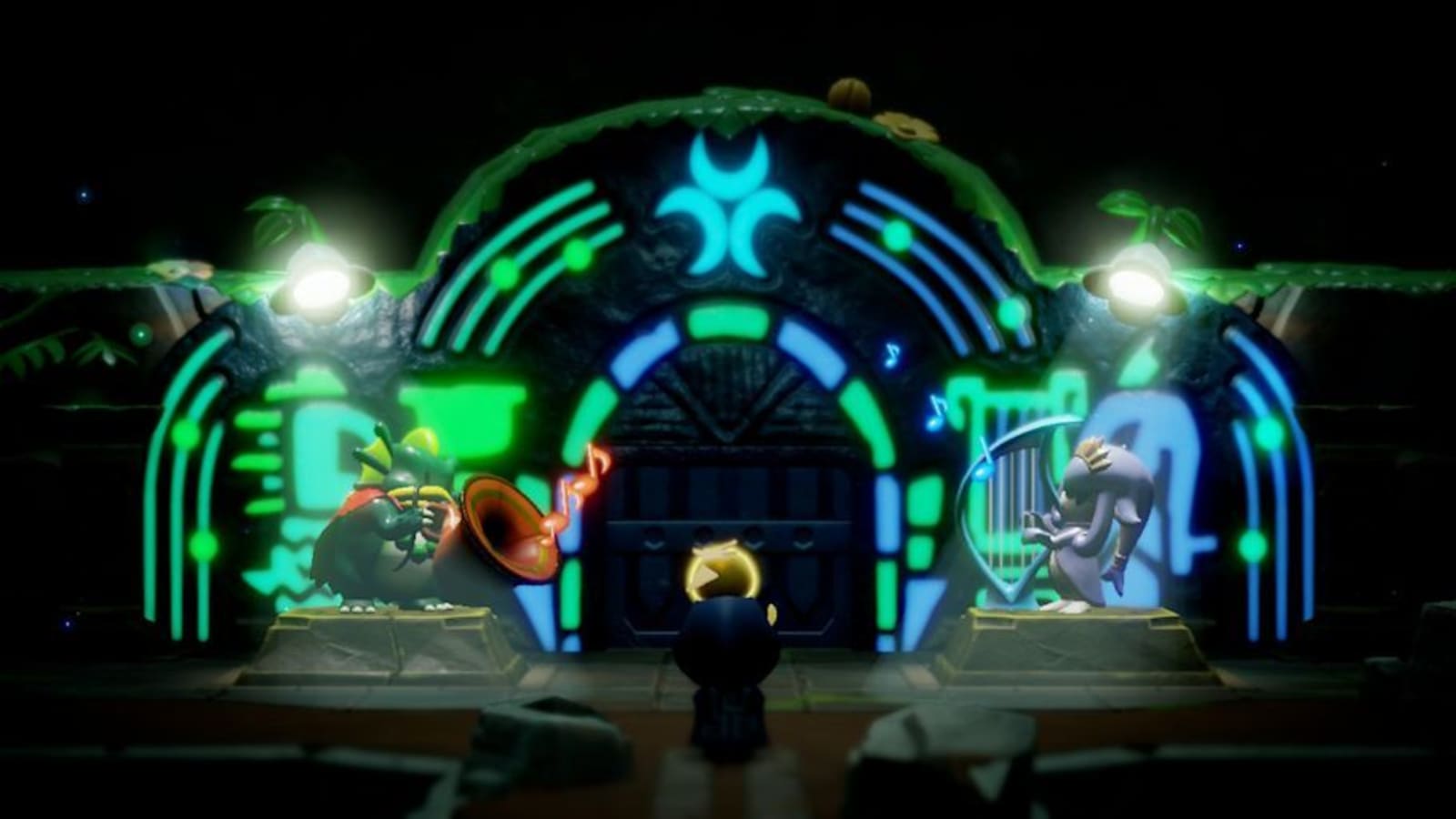x

After you’ve helped both the River Zora and the Sea Zora settle their differences in The Legend of Zelda: Echoes of Wisdom, you can revisit the Jabul Waters region to see how the tribes are getting on. There will be a selection of new side quests for you to tackle, and one of the most puzzling ones is the Precious Treasure quest. This quest has a Sea Zora requesting something to put his belongings in, but no matter what echo you seem to spawn, it’s not quite right. For everything you need to complete this quest, just read through our instructions below. Make sure to take a look at our list of best echoes in Zelda: Echoes of Wisdom so you never get stuck in a tough fight again. After resolving the rifts in the Jabul Waters region you can return to Zora Cove, where you’ll find a Sea Zora standing on the small island above the entrance to the village. He’ll explain that he’s looking for something to “store his treasure in.” As mentioned above, every echo you attempt to use will be rejected. What this Sea Zora i
More must-reads:
- Why Dolphins owner Stephen Ross reportedly fired Mike McDaniel, could pass on John Harbaugh
- MLB commissioner Rob Manfred says radical changes to season have been discussed
- The '2025 leading receiver by team' quiz
Breaking News
Trending News
Customize Your Newsletter
 +
+
Get the latest news and rumors, customized to your favorite sports and teams. Emailed daily. Always free!








